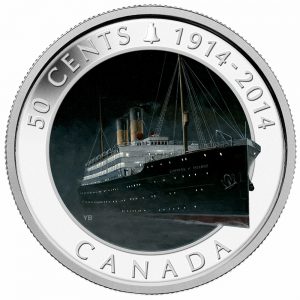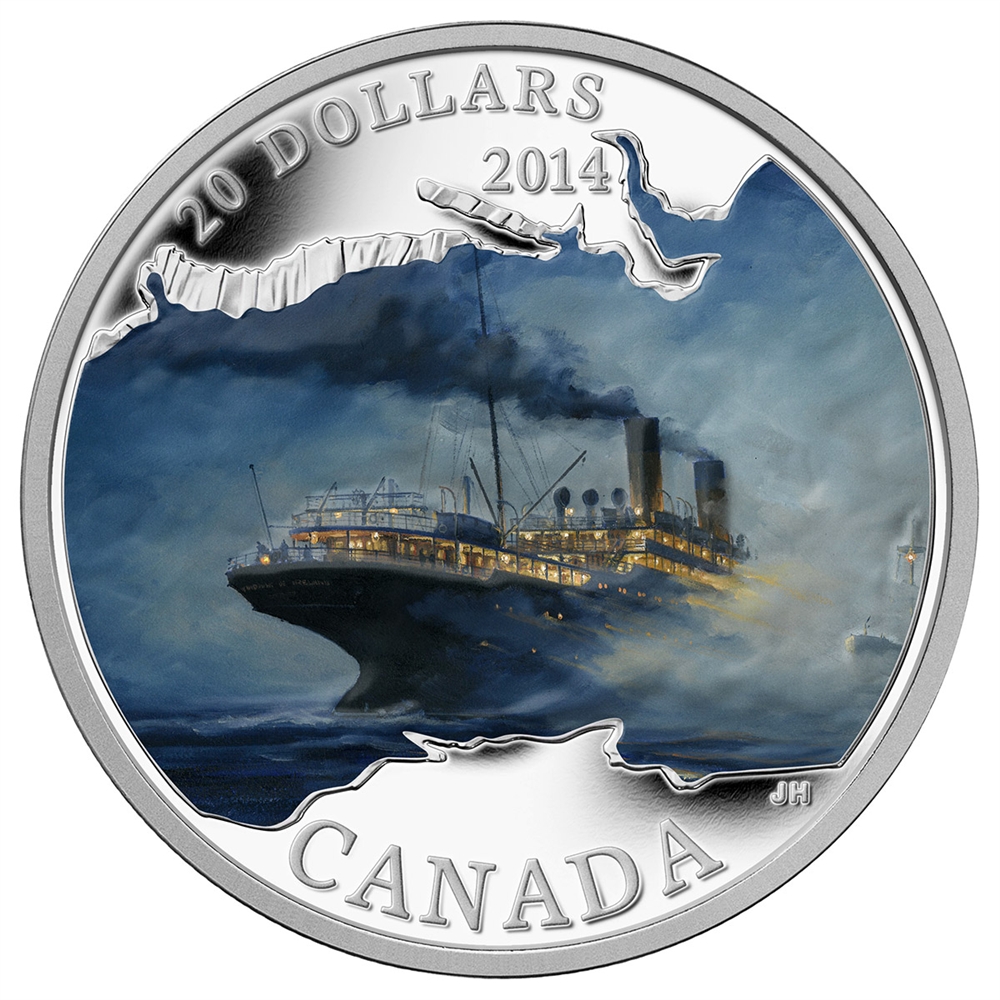On today’s date in 1906, the Canadian Pacific steamship Empress of Ireland launched in Belfast, Ireland.
Destined to carry passengers and mail between Liverpool and Québec alongside her sister ship the Empress of Britain, the Empress of Ireland was 174 metres in length with a beam extending more than 20 metres. The ship displaced 14,191 tons, and her service speed was 33 km/h with two propellers. She had a capacity of 1,580 passengers and crew.
MARITIME DISASTER
On the morning of May 29, 1914, the Empress of Ireland collided with another ship and sank in the St. Lawrence Seaway, near Pointe-au-Père, Que.
After leaving port in Québec, the crew of the Empress sighted the Norwegian collier Storstad a few kilometres starboard. Both crews attempted to anticipate one another’s course as thick fog engulfed both ships, forcing Captain Henry George Kendall to bring the Empress to a stop. Minutes later, the Storstad emerged from the fog only 30 metres from the Empress, and the ships collided.
Of the 1,477 passengers aboard the Empress of Ireland, 1,012 people, including 134 children, died.
In 1999, the wreck site was classified as a historical and archaeological property, and it has since earned a protected status as a National Historic Site of Canada.

A 50-cent silver-plated coin was also issued in 2014 as part of the Mint’s three-coin ‘Lost Ships in Canadian Waters’ series.
‘LOST SHIPS IN CANADIAN WATERS’
In 2014, the Royal Canadian Mint released two coins – a 50-cent silver-plated coin plus a one-ounce Fine silver $20 coin – to mark the 100th anniversary of the sinking of the Empress of Ireland.
The issue was part of the Mint’s three-coin series, “Lost Ships in Canadian Waters.”
The 50-cent coin was designed by Canadian artist Yves Bérubé and presents an artistic representation of the Empress of Ireland in the final moments leading up to its collision with the Storstad. The former ship is depicted sailing along the St. Lawrence River as thick fog fills the night and surrounds the ship. The ship’s bow and port side are faintly illuminated by the light from the ship’s windows and portholes. Engraved above the image field is the ship’s bell, which sat atop one of the ship’s masts. It is among the most well-known artifacts recovered from the ship’s watery grave.
The $20 coin was designed by Canadian artist John Horton and uses selective paint to recreate the imminent collision of the Empress of Ireland and the Storstad during the early morning hours of May 29, 1914. Rolling in from the coast and engraved in the background, the thick fog comes between the two ships in the coloured centre portion of the image field. The shadowy image of the Storstad emerges from the right side of the image, its sharp bow in line to make contact with the Empress‘s starboard side. The passenger ship’s stern and funnels are partially unobstructed by the fog in this image to provide a glimpse of the liner before tragedy would send it to its final resting place on the bottom of the St. Lawrence River.

